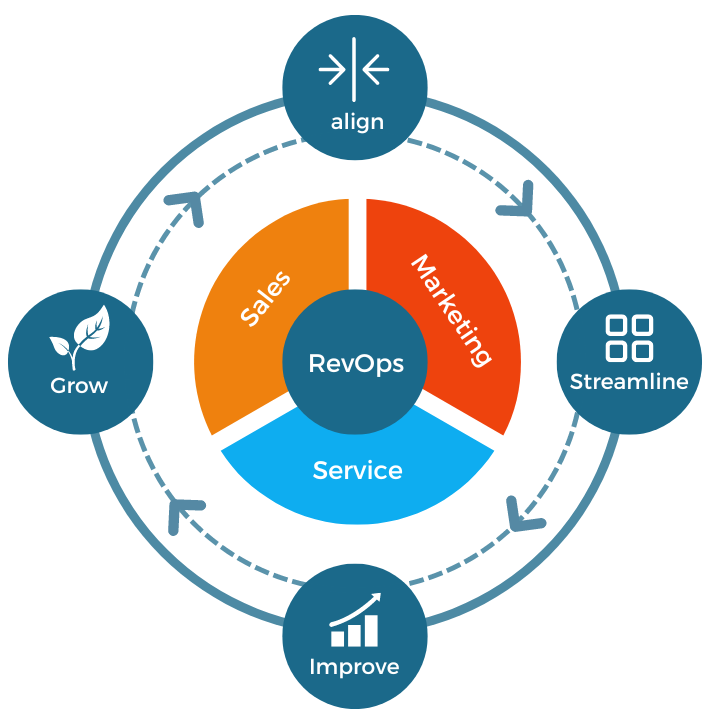Stocks to Buy, 37 Illiquid Names That Tend to Outperform: Goldman
- Liquidity is evaporating from the market as investors rush to sell stocks amid broad headwinds.
- However, illiquid stocks have outperformed liquid stocks during market sell-offs, per Goldman Sachs.
- The bank rebalances its low liquidity basket and adds 34 new names as financial conditions tighten.
From surging commodity prices on the back of 40-year-high inflation to a near-certain 25-basis-point Fed rate hike this week amid slowing global growth, investors have a lot to worry about.
Their concerns are echoed by the strategists at Goldman Sachs, who lowered their year-end S&P 500 target to 4,700 from 4,900 previously. In a Friday research note, the bank said it trimmed its 2022 earnings-per-share estimate to $221 from $226 to reflect a 5% year-over-year growth rate versus the prior 8% estimate.
As Russia’s war against Ukraine stretches beyond its second week, the humanitarian and economic crisis has now sparked concerns about an impending recession.
The yield curve that measures the spread between the yields of 10- and 2-year Treasuries fell to 22 basis points on Monday, its flattest level since March 2020. A further decline in the spread below zero would cause a yield-curve inversion, which often signals the a recession in one to two years.
Goldman strategists said the current S&P 500 index level of 4,260 suggests a roughly 40% likelihood of a downside recessionary case.
“In a downside scenario, we expect reduced earnings and valuation multiples would cause the S&P 500 to decline by 15% to 3,600, in line with the median historical peak-to-trough price decline of 24% around past recessions,” the team led by chief equity strategist David Kostin said in the note.
They added: “However, when the US economy avoids
recession
, 10%+ S&P 500 corrections typically represent good buying opportunities, with a median subsequent 12-month return of 15%.”
Poor market liquidity as investors turn risk-off
As geopolitical uncertainty clouds the outlook on markets, both institutional and retail investors have turned risk-off.
Goldman’s US equity sentiment indicator, which combines nine measures of positioning across institutional and retail investors, has fallen into negative territory. Though to be sure, the indicator remains above levels that have generally marked the bottoms of large market drawdowns during the past several years, the strategists said.
The widespread selling from investors has deteriorated market
liquidity
. The bid-ask spread for the median S&P 500 stock was 8 basis points during the past month, ranking in the 98th percentile of the past decade and the widest except 2020, according to the note.
Amid poor market liquidity, stocks with low liquidity have generally outperformed their more liquid peers this year. Illiquid stocks are harder to sell quickly for cash when markets contract. The pattern has held up during the past several decades, especially during market sell-offs and periods of tightening financial conditions.
Goldman Sachs
For example, Goldman’s low liquidity basket has returned -2% year-to-date, while its high liquidity basket returned -11%. In contrast, the S&P 500 was down 11.79% as of Friday, while the tech-heavy Nasdaq declined 17.90% during the same period.
As such, Goldman rebalanced its low liquidity basket and added 37 new names to the list. Represented below are the stocks’ tickers, market capitalizations, and illiquidity ratios, which are calculated using the 12-month average ratio of the absolute value of returns divided by dollar trading volume.


.jpeg?width=682&height=455&name=AdobeStock_295048993%20(1).jpeg)



